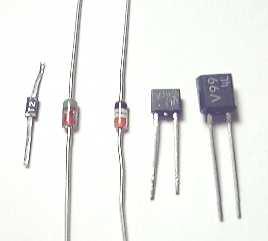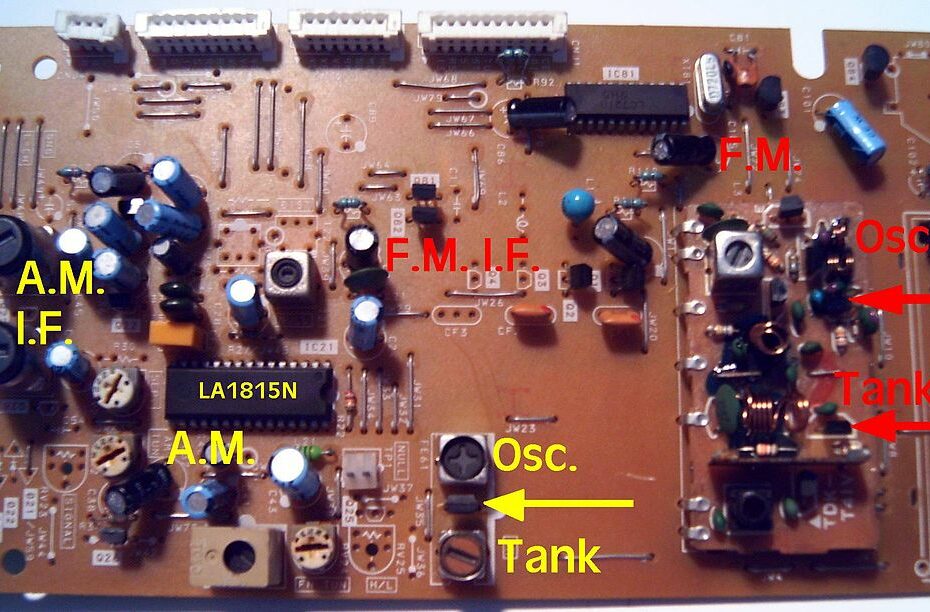Varactor diodes, commonly referred to as varicaps or variable capacitance diodes, represent a fascinating class of semiconductor devices distinguished by their remarkable property: the capacity to adjust their capacitance in direct response to variations in applied voltage. These versatile diodes have established themselves as essential components across an array of technical disciplines, most notably in the realms of RF (Radio Frequency) and microwave electronics. They play pivotal roles in numerous applications, such as precision voltage-controlled oscillators, which enable fine-tuning of output frequencies in communication systems, and in the domain of signal modulation, where they contribute to shaping and manipulating electronic signals. This comprehensive guide embarks on a journey through the underlying principles, unique characteristics, diverse applications, and invaluable best practices for harnessing the potential of varactor diodes to their fullest extent. Whether you are a seasoned professional or an enthusiast delving into the world of electronics, this guide aims to provide a comprehensive understanding of these remarkable devices and how they can be harnessed in practical settings.

1. What is a Varactor Diode?
1.1 Basic Structure
A varactor diode is a specially designed p-n junction diode with a reverse-biased configuration. Unlike standard diodes, varactors are primarily used for their voltage-dependent capacitance, not their rectification properties.
A typical varactor diode comprises a p-n junction in which the width of the depletion region changes in response to an applied voltage. This change in the depletion region’s width results in a corresponding change in the diode’s capacitance.
1.2 How Varactors Work
The operation of varactor diodes is based on the variation of the depletion region’s width under reverse bias conditions. When a reverse bias voltage is applied, the depletion region becomes wider, effectively reducing the diode’s capacitance. Conversely, decreasing the reverse bias voltage causes the depletion region to narrow, increasing the capacitance. This property makes varactors ideal for applications requiring variable capacitance.
2. Characteristics of Varactor Diodes
2.1 Voltage-Dependent Capacitance
The primary characteristic of varactor diodes is their voltage-dependent capacitance. This property makes them useful for various applications where tuning or modulating capacitance is required.
2.2 Junction Capacitance vs. Bias Voltage
The capacitance of a varactor diode is inversely proportional to the square root of the reverse bias voltage. As the reverse voltage increases, the depletion region expands, and the capacitance decreases.
2.3 Reverse Bias Capacitance Ratio
The reverse bias capacitance ratio is a critical parameter. It is the ratio of the capacitance at a specific reverse voltage to the capacitance at zero bias. A higher capacitance ratio indicates a more effective varactor.
2.4 Quality Factor (Q) and Equivalent Series Resistance (ESR)
Varactor diodes have quality factors (Q) and equivalent series resistance (ESR) that affect their performance. Q represents the energy storage capability of the diode, while ESR is the resistance that appears in series with the capacitance. A lower ESR and higher Q are desirable for better performance.
3. Applications of Varactor Diodes
3.1 Voltage-Controlled Oscillators (VCOs)
Varactor diodes are commonly used in voltage-controlled oscillators to tune the output frequency by varying the diode’s capacitance.
3.2 Frequency Tuning
They are used in tunable resonant circuits to adjust the frequency of RF and microwave signals.
3.3 Signal Modulation
Varactors are employed in amplitude and frequency modulation for signal processing and communications.
3.4 Parametric Amplifiers
In parametric amplifiers, varactor diodes are utilized to control gain and selectivity.
3.5 RF Filters
Varactors help in designing variable RF filters for applications such as software-defined radios.
4. Selecting and Using Varactor Diodes
4.1 Key Specifications
When selecting varactor diodes, consider key specifications such as capacitance range, capacitance ratio, reverse breakdown voltage, and parasitic capacitance.
4.2 Biasing Varactor Diodes
Proper biasing is critical to achieve the desired capacitance variation. It’s essential to consider biasing voltage, temperature stability, and power dissipation.
4.3 Matching Networks
To maximize varactor performance, consider impedance matching networks for your specific application.
4.4 Protecting Varactors
Take precautions to protect varactor diodes from overvoltage conditions, as excessive reverse voltage can damage them.
5. Practical Tips and Best Practices
5.1 Testing and Characterization
Characterize varactor diodes under various conditions to understand their behavior fully.
5.2 Temperature Considerations
Varactor diode capacitance is temperature-dependent. Compensate for temperature effects in your circuit design.
5.3 Noise and Nonlinear Effects
Understand potential noise and nonlinear effects that can affect your circuit’s performance.
5.4 Varactor Diode Manufacturers
Explore reputable manufacturers for a wide selection of varactor diodes suitable for your application.
6. Conclusion
Varactor diodes, with their voltage-dependent capacitance, offer a wide range of applications in electronics, particularly in the RF and microwave domains. Understanding their characteristics, selecting the right diode, and applying best practices are essential for successful use. Whether you are designing voltage-controlled oscillators, RF filters, or modulation circuits, varactor diodes are versatile components that can help you achieve precise control and tunability in your designs.
Remember to refer to specific datasheets and consult with experts in the field for in-depth knowledge on varactor diodes and their applications.
Images : Wikipedia.org – Creative Commons
